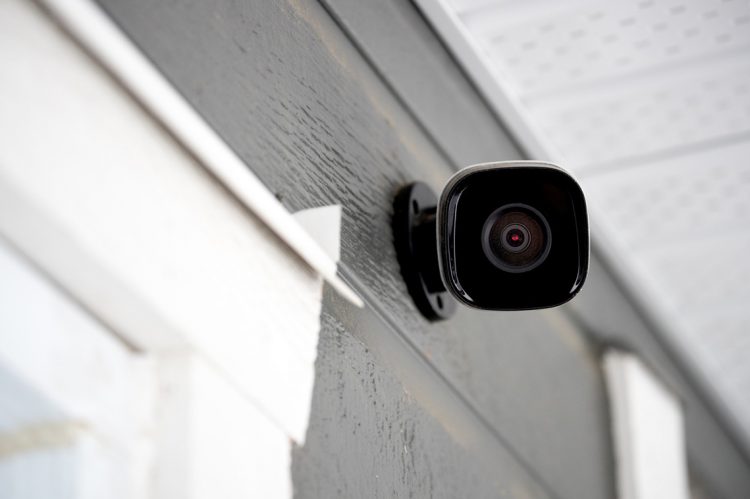With more easy-to-install products hitting the market, the majority of American homeowners (51%) are utilizing some form of surveillance technology in or around their homes, according to a new report from LendingTree.
LendingTree’s new report surveyed more than 2,000 consumers to learn how and why they use surveillance technology with the reasons ranging from deterring crime to keeping an eye on family members and neighbors. The report found that the amount of users jumps to 72% among millennial homeowners and homeowners with children younger than 18. Additionally, perhaps due to landlord limitations, only 32% of renters have some form of home security.
Key highlights:
- 50% of those with surveillance technology say they installed it when they moved in for general safety.
- A lucky few (14%) say their security system was move-in ready, while suspicious neighborhood activity spurred 11% to install equipment.
- Among those with home surveillance, 63% believe their cameras prevented potential criminal activity on their property.
- Many consumers remain highly alert, as nearly half (48%) of those with surveillance tech review footage daily.
- Among respondents with surveillance technology, 46% of parents with young children have used it to monitor them. While 15% admit to using surveillance to monitor their spouse, this figure jumps to 25% among millennials.
- Among those without a watchful eye on their property, 38% say it’s because it’s too expensive to purchase or install. 21% cite having other means of personal protection.
- Among the 68% of renters without security cameras, 42% say their landlord doesn’t allow it.
Major takeaway:
“Members of younger generations may view surveillance tech as just a logical extension of the phone they carry in their pocket or the smartwatch on their wrist,” said LendingTree’s Senior Economist Jacob Channel. “To a younger person whose entire life has been lived in front of a camera lens, not surveying their property might feel as wrong as leaving their front door wide open when they leave for work in the morning.”
For the full report, click here.












